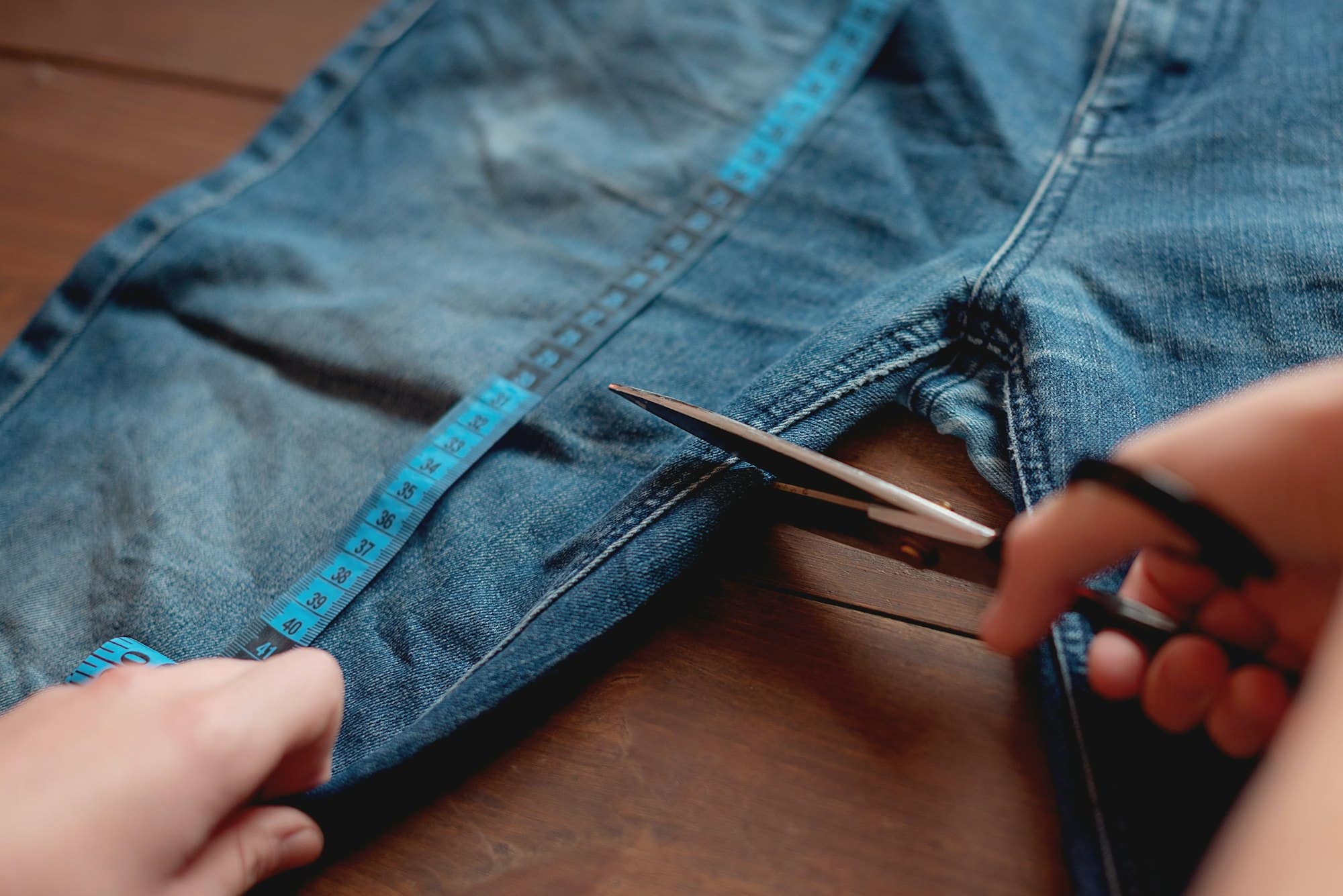How Can Upcycling Initiatives Reduce Textile Waste in the UK?

The textile and fashion industry is one of the most resource-intensive industries in the world. However, it also generates a massive amount of waste, particularly in developed nations such as the UK. The question that keeps environmental advocates up at night is: ‘What happens to all the discarded clothes?’ As you will read in this article, the answer lies in recycling and upcycling initiatives that can transform waste into something valuable, thereby reducing its environmental impact.
The Current State of Textile Waste in the UK
As the curtain rises on the 21st century, we find ourselves in a world dominated by fast fashion. This world is characterized by a high turnover of fashion items, leading to an increase in the production of clothing. However, this also means a drastic increase in textile waste.
Dans le meme genre : What’s the Latest in Smart Grid Technology for Renewable Energy in the UK?
In the UK alone, it’s estimated that a staggering 350,000 tonnes of used clothing, worth around £140 million, end up in landfills each year. This represents a significant loss of valuable materials and a considerable environmental impact, given that the production of new textiles is resource-intensive and contributes to carbon emissions.
Thus, it is evident that the way we manage and dispose of our clothes is unsustainable. The need for a new approach to the handling of discarded clothing is not just desirable—it’s essential.
A lire également : How to Ensure Ethical AI Use in UK’s Job Recruitment Processes?
Upcycling: The Sustainable Solution to Textile Waste
Perhaps the solution to this growing issue lies in upcycling. Upcycling is the process of converting waste materials or useless products into new materials or products of better quality or environmental value. In the context of the textile industry, it refers to the practice of taking old or discarded clothes and turning them into new, higher-quality pieces.
By upcycling, we can extend the lifecycle of clothes and other items, reducing the demand for new products and, by extension, the resources needed for their production. This contributes to a more sustainable and circular fashion industry, one that reuses and recycles materials rather than consigning them to the landfill.
Clothing brands and consumers alike are beginning to recognize the importance of upcycling. From high-end fashion houses to grassroots initiatives, the upcycling movement is gaining traction in the UK and beyond.
The Role of Fashion Brands in Upcycling Initiatives
The responsibility for implementing upcycling initiatives does not solely lie with consumers. Fashion brands have a significant role to play in reducing textile waste and promoting more sustainable practices in the industry.
Many brands have already taken steps to incorporate recycled and upcycled materials into their products. For example, some companies organize clothing drives to collect used items from their customers. These items are then sorted, cleaned, and transformed into new products, which are then sold back to the market.
This not only helps reduce the amount of waste going to landfill but also provides these brands with a unique selling point—a way to stand out in a crowded market by appealing to environmentally conscious consumers.
Government Policies and Regulations for Upcycling
The government also has a role to play in promoting upcycling and reducing textile waste. Regulations can encourage more sustainable practices in the fashion industry, while incentives can motivate companies to adopt these practices.
For instance, the UK government could introduce landfill taxes or extended producer responsibility (EPR) schemes to make it more expensive for companies to dispose of their waste in landfills. This would encourage them to find more sustainable ways of dealing with their waste, such as recycling or upcycling.
Incentives could also be provided to companies that incorporate recycled or upcycled materials into their products. This could take the form of tax breaks, grants, or other financial incentives.
The Role of Consumers in Upcycling Initiatives
While brands and governments have a big part to play, the role of consumers is equally as important. After all, the demand for new and fast fashion is driven by consumer behavior.
By choosing to buy products made from recycled or upcycled materials, consumers can send a clear signal to the fashion industry about the kind of products they want to see. This demand can incentivize brands to incorporate more sustainable practices into their production process.
Moreover, consumers can also participate directly in upcycling initiatives. This can include donating their used clothes to recycling programs or taking up DIY upcycling projects at home. Not only does this reduce the amount of waste going to landfill, but it can also be a fun and creative way to breathe new life into old clothes.
In conclusion, upcycling initiatives represent a promising solution to the problem of textile waste in the UK. By transforming waste into valuable new products, we can reduce the environmental impact of the fashion industry and move towards a more sustainable future.
The Impact of Textile Recycling Technologies on Upcycling Initiatives
The emergence of cutting-edge textile recycling technologies has the potential to revolutionize the way we approach upcycling and waste prevention within the fashion industry. These technologies can transform discarded clothing into new, usable materials, thereby fostering a more circular fashion economy.
One such technology is fabric shredding, where old textiles are chopped into small pieces and then spun into new yarn. Another technique involves chemically breaking down textiles to their basic components and then reconstituting them into fresh fibres. Both processes offer a promising solution to the problem of textile waste.
Furthermore, these technologies can be used not only by big fashion brands but also by smaller, boutique designers who are part of the sustainable fashion movement. These designers often source their materials from second-hand stores or donation centers, creating unique pieces that challenge the norms of the fast fashion industry.
Moreover, integrating these technologies into the supply chain can have a significant environmental impact. By reducing the need for new materials, these processes can cut down on carbon emissions and water use associated with textile production. This contributes to the broader goal of a sustainable and circular economy.
Implementing a Comprehensive Waste Prevention Programme
A comprehensive and effective waste prevention programme is a crucial element of any strategy aiming to reduce textile waste in the UK. Such a programme would need to involve all the key stakeholders in the fashion industry, including brands, consumers, and the government.
For brands, this could involve setting targets for reducing waste and introducing measures to promote recycling and upcycling. This could be as simple as offering a discount to customers who return their old clothes, or as complex as redesigning the production process to minimise waste.
For consumers, a waste prevention programme could include education about the environmental impact of fast fashion and the benefits of recycling and upcycling. This could encourage consumers to make more sustainable choices and reduce their own consumer waste.
For the government, a waste prevention programme could involve strengthening regulations around waste fashion, offering financial incentives for companies that engage in sustainable practices, and funding research into new recycling technologies.
By working together, these stakeholders can create a more sustainable fashion industry and significantly reduce the amount of textile waste in the UK.
Conclusion: The Future of Upcycling and Textile Waste in the UK
The issue of textile waste in the UK is complex, but the rise of upcycling initiatives and advanced recycling technologies provide a beacon of hope. By integrating sustainable practices into the production process and promoting a circular economy, the fashion industry can help mitigate its environmental impact.
The role of consumers, fashion brands, and the government cannot be understated. Through conscious purchasing decisions, implementation of sustainable fashion practices, and comprehensive waste prevention and recycling upcycling programmes, a significant impact can be made.
As we look towards the future, it’s clear that the solution to textile waste lies not in the landfill but in the creative and innovative practices of upcycling. The age-old saying ‘waste not, want not’ has never been more relevant. Let’s turn our clothes recycling into a national habit and lead the way to a more sustainable future.
